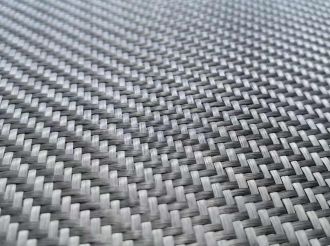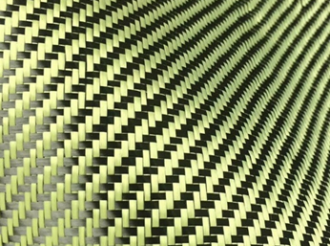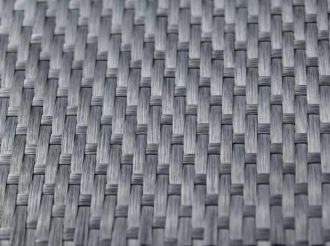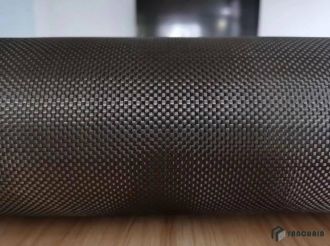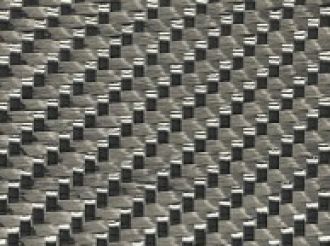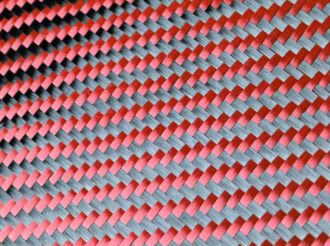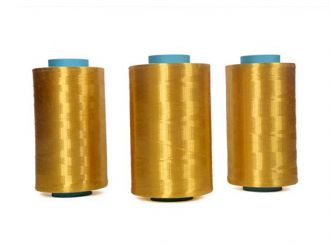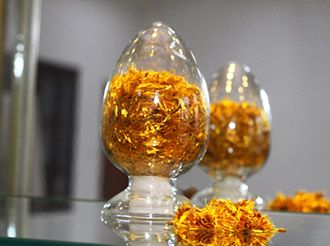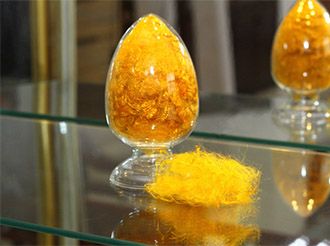How to Make a Carbon Fiber Frames?
- 2022-10-28
What we call carbon fiber is actually a composite material with carbon as the main material, and carbon fiber composite material is not the only material in bicycle frames, rims, and carbon bars. This is because the ultra-high rigidity of carbon fiber is a prerequisite for the process. When the material is a 100% carbon fiber composite material, it is very fragile and has a tendency to tear in the fiber direction. In order to exert its rigidity, the carbon fiber (cloth) is dipped in epoxy resin before molding, forming a composite material. The carbon fiber parts of the bicycle are all processed through such processing steps. Resin plays a key role in carbon cloth formation, keeping carbon fibers together and increasing toughness and durability. The carbon fiber soaked in resin and plasticized will absorb shock and vibration when it encounters impact, and may deform without breaking, so as to achieve the perfect performance required by the bicycle material.
Carbon fiber is a very magical material whose rigidity is completely different from that of metal. The rigidity of carbon fiber products is easier to control, and the stiffness characteristics can be presented in one direction. Before making a frame model, the variety, strength, fiber direction, fit of carbon cloth Orientation is a means of controlling the overall performance of the frame, so its stiffness can be adjusted depending on how the carbon fiber composite material is adjusted to be in a straight line or placed in a mold, which is called anisotropy. Metals, on the contrary, are isotropic, exhibiting the same strength and stiffness properties in any axis of the material. In addition to outperforming metals, it has the advantage of being lighter than other materials we are familiar with.
With the iteration and progress of carbon fiber processing technology, frame engineers use carbon fiber anisotropy to coordinate and combine the strength grade of carbon cloth, the amount of impregnated material, the shape, size and orientation of carbon fiber strands, and the baking time through software programs. position to control the performance of the carbon frame or carbon wheel. In this way, carbon fiber frames approach the ultimate balance of infinite lightweight and geometric strength, so carbon fiber components have an endless process space. However, the price of high-grade carbon cloth is still high, and these delicate designs and procedures, as well as the required manpower, are also very expensive. These all add to the mystique of carbon fiber bikes.
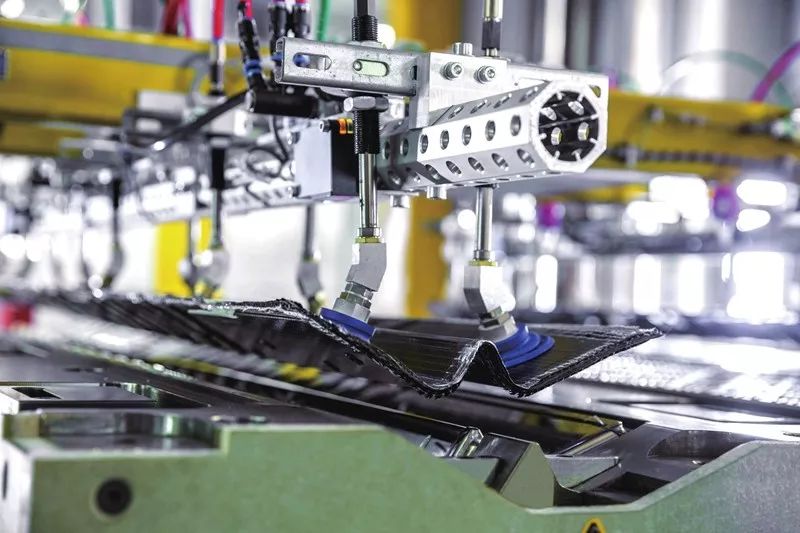
Manufacturing Process of Carbon Frames
Carbon fiber parts are processed in one-piece baking and casting molding, and also in splicing and bonding molding. Both molding methods have their own advantages and disadvantages, but in general, an integrated carbon fiber frame is more beneficial to product performance and more difficult. With the overall follow-up of carbon fiber technology, design and craftsmanship of domestic car companies, the carbon fiber car market is full of expectations in the industry. Let's take advantage of Shandong Ruibao's carbon fiber production line process to see how carbon cloth is transformed into a high-performance frame step by step. .
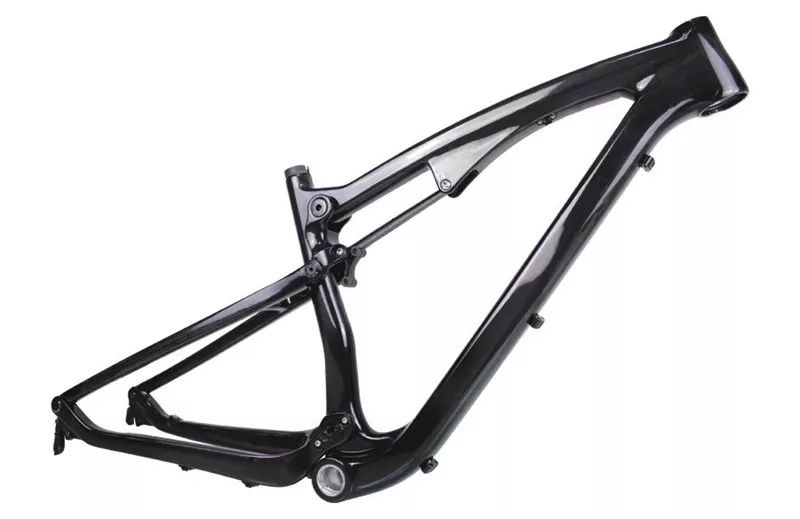
▲The full carbon frame is fully qualified for the DH with the highest strength requirements, and the total weight of 5kg is half lighter than that of the aluminum frame.
Manufacturing steps
Step 1: First, weaving yarn and making carbon yarn into carbon fiber composite materials of various specifications. The process of weaving yarn is similar to weaving cloth, that is, carbon yarn is woven into various carbon cloth raw materials through mechanical weaving according to technical standards. Then the carbon cloth is soaked in the corresponding resin solution and then dried and formed to fix the carbon cloth. It is interesting that in order to prevent the deformation of the carbon yarn, it is sometimes stored in cold storage.
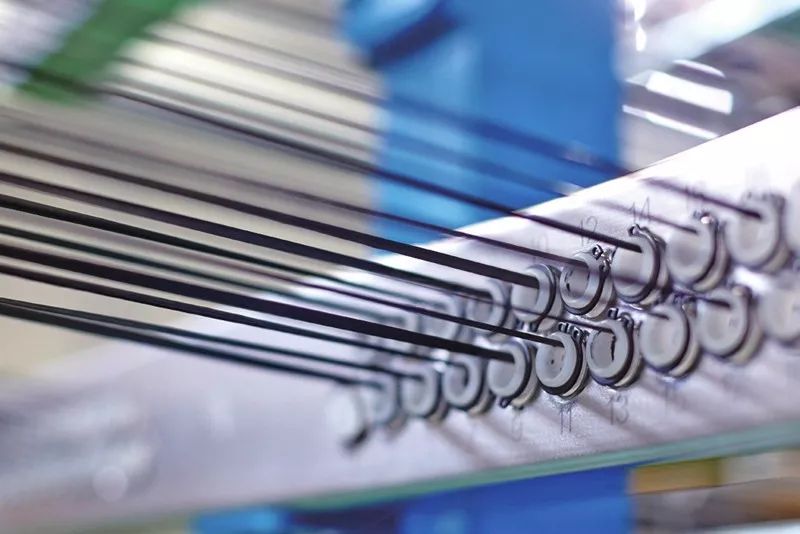
▲Weaving carbon yarn, that is, the embryo cloth of carbon cloth.
Step 2: Scientifically cut the carbon yarn, and mark each piece of carbon cloth in detail. Each carbon fiber frame is made of hundreds of different carbon cloths. Large pieces of carbon cloth will be roughly cut into pieces that are easy to operate. shape. A frame is made up of more than 500 individual carbon cloth collages. Each model requires a specific type of carbon cloth, and even if the same mold is used, the amount of carbon fiber cloth varies.
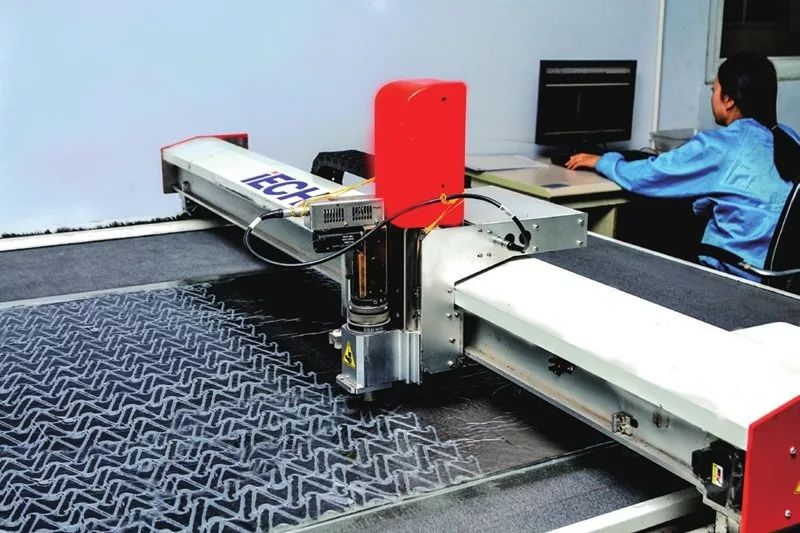
▲ Cut carbon cloth for collage of various parts.
Step 3: It is the coil material again, that is, laying the cut carbon fiber prepreg on the core material in a specific order and angle to make it initially have the shape of the frame, waiting for the next step of curing, the coiling operation of the Ruibao factory It is carried out in a closed dust-free workshop, and the environmental requirements are very strict. Since some commercial secrets and technical patents are involved, only a small part of the complex process can be seen here.
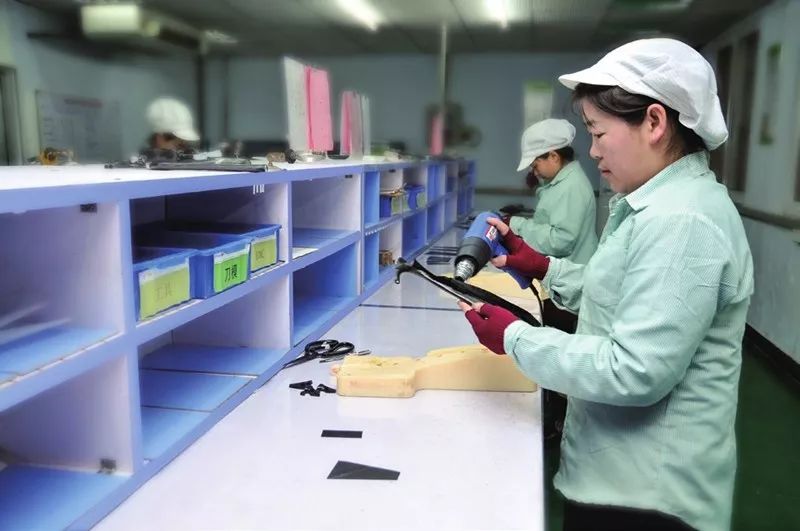
▲Affix the resin-impregnated carbon yarn to the core material.
Step4: Enter the forming stage, which is to place the rolled product in the forming die and extrude it at high temperature. The carbon fiber die is also a link where technology and cost are concentrated. It is necessary to ensure that the die and the frame have the same thermal expansion rate, which is important for ensuring The accuracy of the frame plays a very important role, especially in today's increasingly high requirements for the manufacturing accuracy of bicycles.
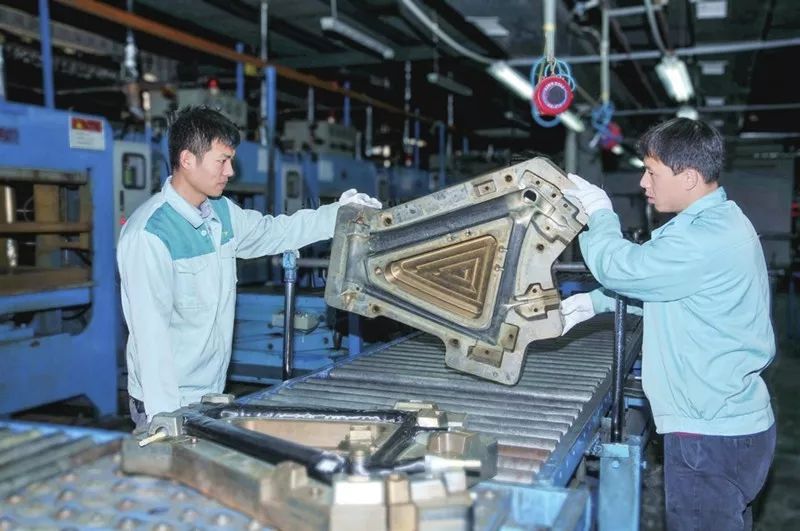
▲After the coil material is put into the mold for high temperature die casting.
Step5: For the parts that cannot be integrally formed, it is necessary to bond the parts with special glue, and then fix them into a complete whole by high temperature baking. At this time, the glued frame will be clamped on a special carbon fiber fixture and sent to the curing oven for curing. When the curing process is completed, the frame can be taken out of the curing oven and removed from the fixture. .
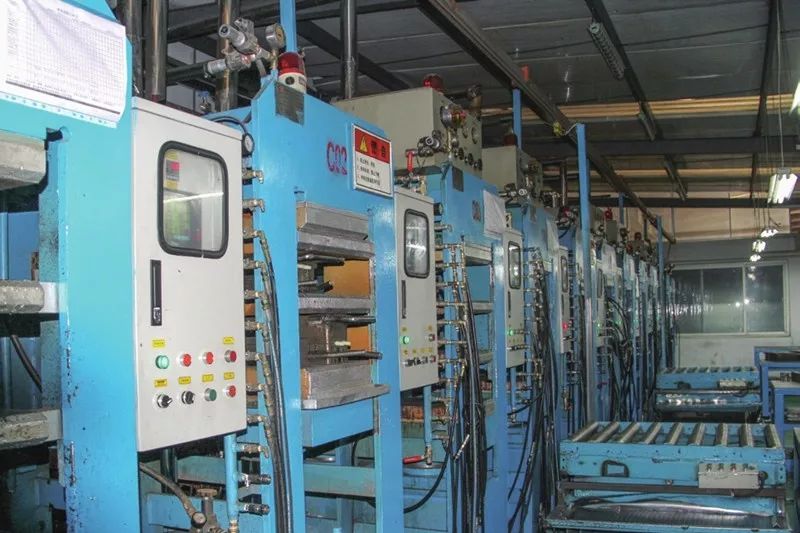
▲The parts are cured by bonding and baking to form a complete shape.
Step 6: Finally, the frame is hand-sanded and refurbished, drilled, etc. After sanding and trimming, the frame is ready for final painting and decals, with wet transfer decals being done before varnishing. Then a beautiful and powerful carbon frame is complete.
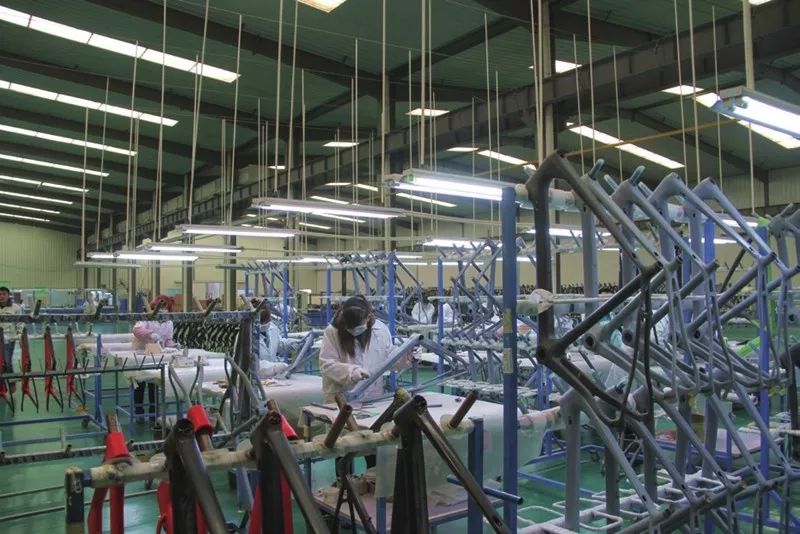
▲Carbon frame grinding and drilling workshop.
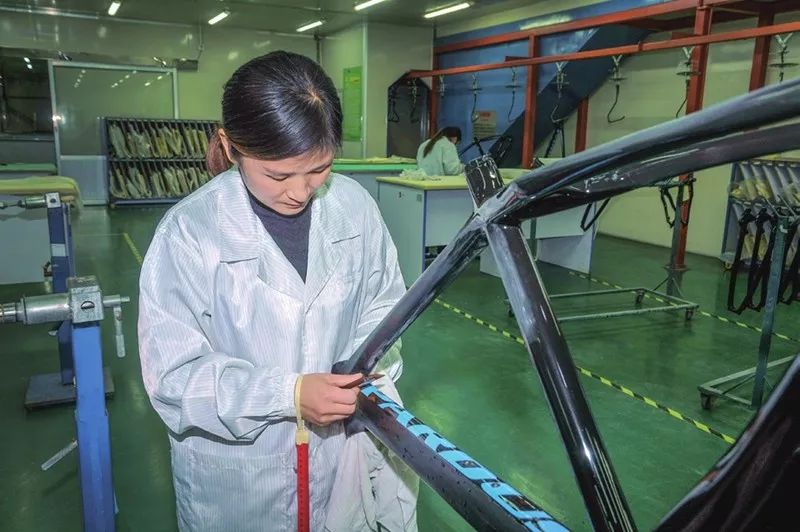
▲The final spraying and labeling procedure.
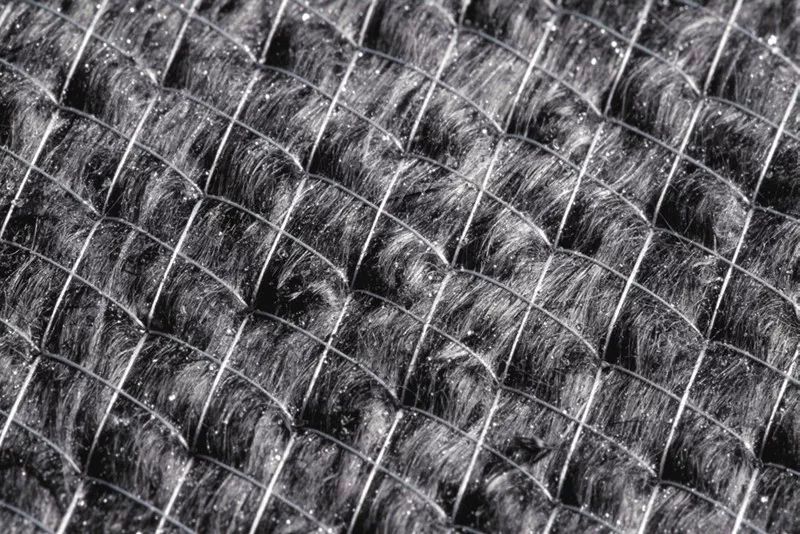
▲The structure of T800 grade carbon material after a thousand times magnification.
